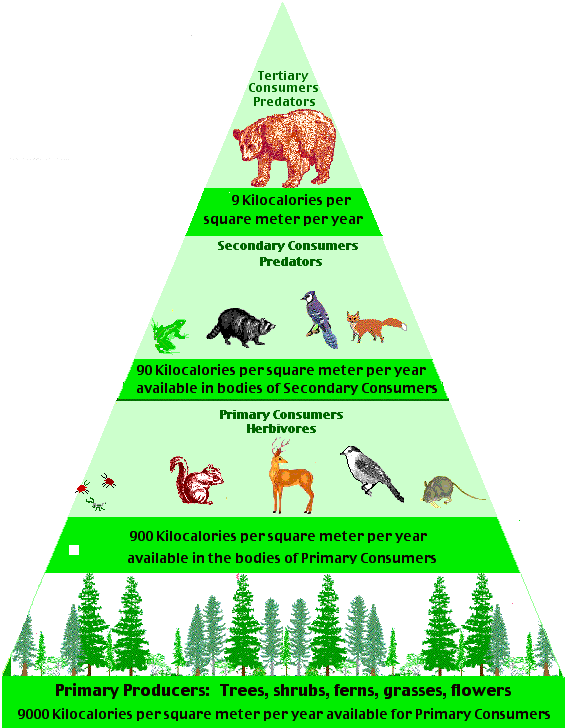
http://i1.cpcache.com/product_zoom/683702847/cfw_coexist_artpng_hitch_cover.jpg?height=250&width=250&padToSquare=true
Along this, Shiva mentions that people of the Western World consider themselves higher on the biodiversity pyramid than any other organism, or microbe, which I do not agree with or see true. As we learned in class, the pyramid may fall into a peak, but that it usually based on population, and each level of the pyramid is dependent and depended on; we can't function without the right amount of everything above and below. I liked how Shiva put it that "microorganisms create the planet's living environment which supports life" (Shiva,43) and that we are in "co-operation, not competition" (Shiva, 44) .

http://melissa1234.weebly.com/uploads/1/4/7/4/14748324/7092158_orig.gif?1
I also feel that I take an arithmetical approach with Shiva on analyzing biodiversity. With this, I enjoyed the statistics that Shiva included in this passage as it gives better examples and portrays his argument well. Similarly, Shiva also mentions Rachel Carson's piece, Silent Spring, and having read a portion of this, I found it easier to understand Shiva's standpoint on nature. However, I was confused on Shiva's take on gene therapy and why it's a problem for society, as well as the problem with only offering three main types of apples (Shiva, 42 and 48). (being an avid apple eater I want to know if I should be expanding my horizons or be cautious of what I enjoy!)
No comments:
Post a Comment